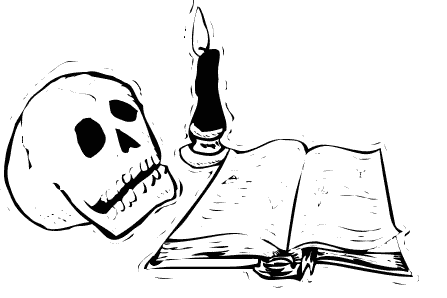I recently was asked to write a guest post for Writing Belle on writing horror, since my collection Whispers & Fangs (a collection of short and flash horror and ghost stories) was being featured for the month of October.
It was a delight to write, and I wanted to share it here. Here is the beginning of the post, but you can read the full post at Writing Belle
It was a delight to write, and I wanted to share it here. Here is the beginning of the post, but you can read the full post at Writing Belle
Whenever I assign Stephen King, I assign his short story “The Last Rung on the Ladder.” In the story, Larry remembers in vivid detail the day, decades ago, that he both endangered and saved his sister’s life. It’s a beautifully detailed scene where Kitty hangs from a broken barn ladder and a fretful Larry rushes to lay down hay to cushion her fall. Since growing up, they’ve fallen out of touch with one another. The story ends by revealing that Kitty has committed suicide. Two weeks after her death, Larry receives the following letter:
“I’ve been thinking about it a lot lately,” Kitty writes, “and what I've decided is that it would have been better for me if that last rung had broken before you could put the hay down.” Or in other words, I wish I’d never been saved at all.
There is a lot to say about this story, but the first thing my students turn to is the deep emotional rush at the story’s completion and the sudden need to call their families. After that, there is usually some kind of comment of surprise. “Wait, isn’t this the guy that wrote It?” Yes, and The Shining, and Misery, and Cujo, and Carrie. King is an extremely prolific writer, but there is no question that his best-known works are those of supernatural horror. The question my students really mean to ask is -- how could someone who writes horror also write something like this?
This question actually gets to an inherent misunderstanding about writing horror...
Read the full post here:


Comments
Post a Comment